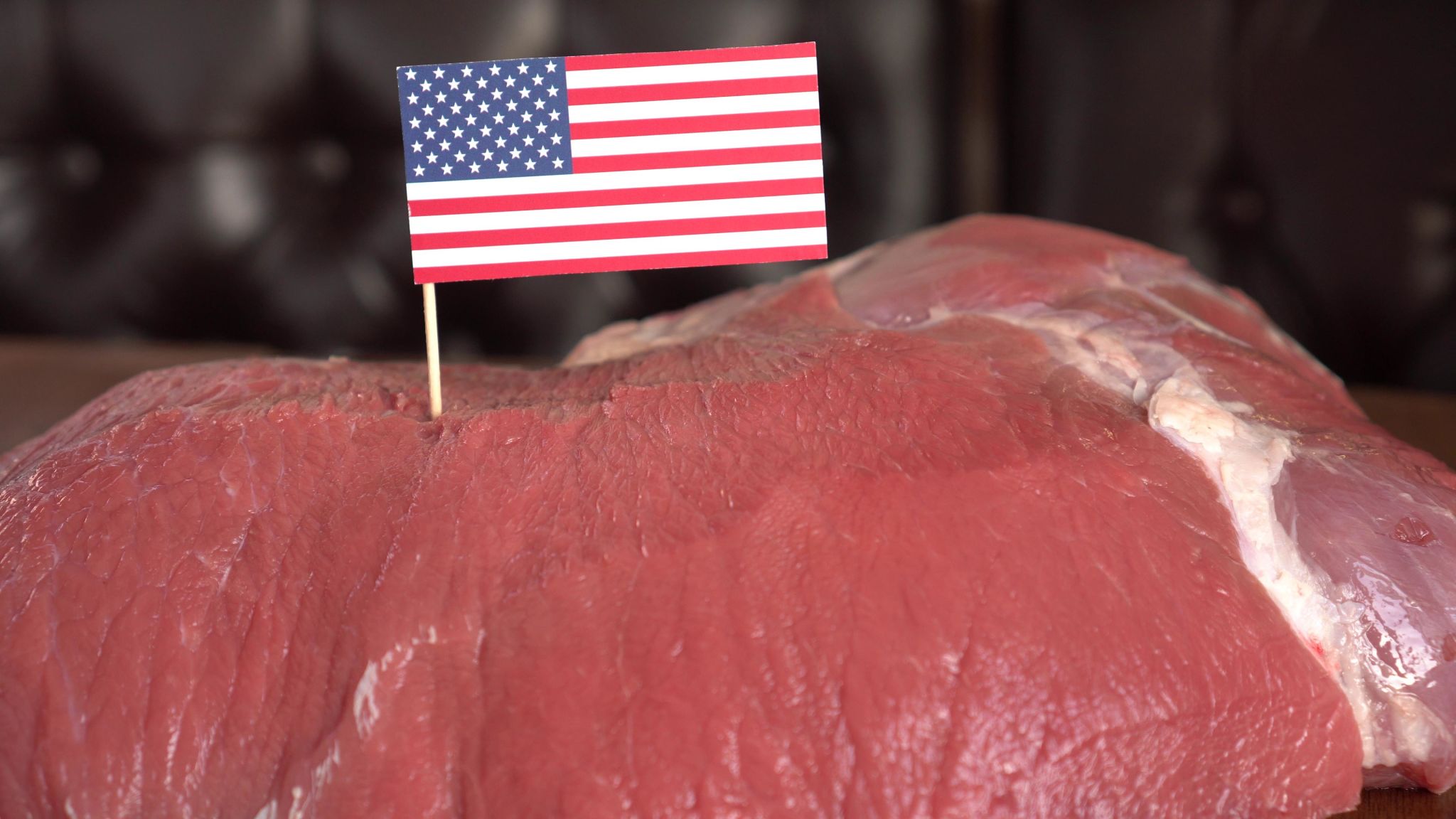Challenges and Opportunities for US Meat Exporters in Asia
Introduction
The meat export industry in the United States has long been a vital component of the nation's economy. With Asia representing a significant and ever-growing market, US meat exporters face both exciting opportunities and substantial challenges. Understanding these dynamics is crucial for businesses looking to expand their reach in this region.

Challenges in the Asian Market
Regulatory Hurdles
One of the primary challenges US meat exporters face in Asia is navigating complex regulatory environments. Each country has its own set of rules regarding food safety, labeling, and import tariffs. Staying compliant with these regulations requires constant vigilance and adaptability.
Cultural Preferences
Cultural differences significantly influence consumer preferences across Asian countries. For instance, while beef might be popular in some regions, other areas may have a higher demand for pork or poultry. Understanding and catering to these preferences is crucial for success.

Opportunities for Growth
Rising Demand for Quality Meat
As the middle class expands across Asia, there is an increasing demand for high-quality meat products. US exporters can leverage this by promoting the superior quality and safety standards of American meat, which are highly valued by consumers seeking premium products.
Technological Advancements
The integration of technology in supply chains presents new opportunities for efficiency and transparency. Advancements such as blockchain for traceability and AI for demand forecasting can help US exporters better meet market needs and build trust with consumers.

Strategies for Success
- Market Research: Conducting thorough market research to understand consumer preferences and regulatory requirements is essential.
- Local Partnerships: Forming strategic partnerships with local distributors can facilitate smoother entry and expansion in Asian markets.
- Brand Building: Investing in brand awareness campaigns that highlight the quality and safety of US meat can attract discerning consumers.
Conclusion
The Asian market presents a complex landscape for US meat exporters, filled with both challenges and opportunities. By understanding the unique aspects of each country, leveraging technological advancements, and implementing strategic initiatives, US businesses can position themselves for success in this dynamic region.

